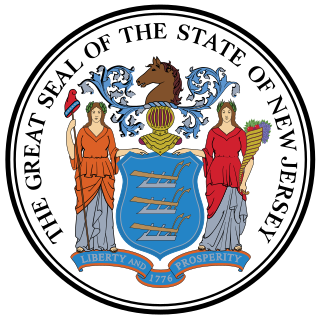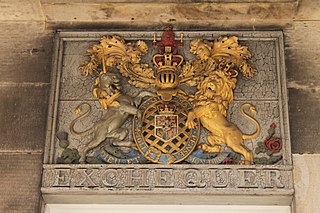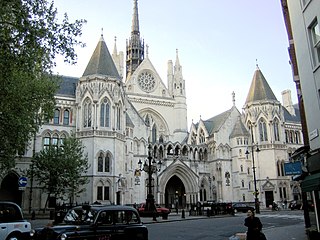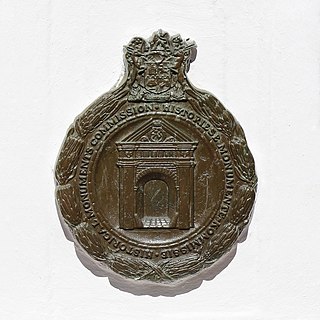Content of the Act
The following is a brief description of the sections of the Natural and Historical Monuments Act, 1923: [1]
Definitions and interpretation
- Section 1
Defines that the Governor-General establish a commission called the Commission for the Preservation of Natural and Historical Monuments of the Union; of no more than seven members; unpaid duties; a chairman and a deputy chosen by the members with the chairman having a casting vote and the names of the members of the commission would be published in the Government Gazette.
- Section 2
Defines the commission as a body corporate and subject to laws that govern such a body.
- Section 3
Defines that the funds of the commission can include donations, fees and annual subscriptions. Donations need publishing annually in the Government Gazette.
- Section 4
Defines the duties of the commission as establish a register of monuments it believes should be preserved; establish who owns the monument; purchase a monument to preserve or prevent its impairment if funds are available and become a trustee of any monument if requested by a person or gifted or bequeath to the state.
- Section 5
Defines the restrictions to the power of what a commission can do as a trustee of a monument.
- Section 6
Defines the powers of the Governor-General to make regulations to set procedures for the commission's meetings, the members qualifications, the period they hold office for and other matters required to carry out the commission.
- Section 7
Defines the commissions powers to make by-laws, subject to the approval of the Governor-General, such as regulating to access monuments, fix entrance fees and safeguard monuments from damage.
- Section 8
Defines what the word monument means in relation to the Act.
- Section 9
Defines the short title of the Act.
The Electoral Commission is an independent Crown entity set up by the New Zealand Parliament. It is responsible for the administration of parliamentary elections and referendums, promoting compliance with electoral laws, servicing the work of the Representation Commission, and the provision of advice, reports and public education on electoral matters. The commission also assists electoral agencies of other countries on a reciprocal basis with their electoral events.

The Constitution of the State of Florida is the document that establishes and describes the powers, duties, structure, and function of the government of the U.S. state of Florida, and establishes the basic law of the state. The current Constitution of Florida was ratified on November 5, 1968.

The Constitution of the State of New Jersey is the basic governing document of the State of New Jersey. In addition to three British Royal Charters issued for East Jersey, West Jersey and united New Jersey while they were still colonies, the state has been governed by three constitutions. The first was adopted on July 2, 1776, shortly before New Jersey ratified the United States Declaration of Independence and the second came into effect in 1844. The current document was adopted in 1947 and has been amended several times.
A municipal council is the legislative body of a municipality or local government area. Depending on the location and classification of the municipality it may be known as a city council,town council, town board, community council, rural council,village council, or board of aldermen.

The government of the U.S. State of Oklahoma, established by the Oklahoma Constitution, is a republican democracy modeled after the federal government of the United States. The state government has three branches: the executive, legislative, and judicial. Through a system of separation of powers or "checks and balances," each of these branches has some authority to act on its own, some authority to regulate the other two branches, and has some of its own authority, in turn, regulated by the other branches.

The Michigan Department of Natural Resources (DNR) is the agency of the state of Michigan charged with maintaining natural resources such as state parks, state forests, and recreation areas. It is governed by a director appointed by the Governor and accepted by the Natural Resources Commission. Currently the Director is Daniel Eichinger. The DNR has about 1,400 permanent employees, and over 1,600 seasonal employees.

The Scottish Exchequer had a similar role of auditing and deciding on Royal revenues as in England. It was not until 1584 that it also became a court of law, separate from the King's Privy Council. Even then, the judicial and administrative roles never became completely separated into two bodies, as with the English Exchequer. The Auditor of the Exchequer played a pivotal role in this important office of state.
The Constitution of the State of Maine established the "State of Maine" in 1820 and is the fundamental governing document of the state. It consists of a Preamble and ten Articles (divisions), the first of which is a "Declaration of Rights".
Sangguniang Panlalawigan, commonly known as the Provincial Board, are the legislatures in Philippine provinces. They are the legislative branches of the provinces, and their powers and responsibilities are defined by the Local Government Code of 1991. Along with the provincial governor, the executive branch of the province, they form the province's government.
The government of Indiana is established and regulated by the Constitution of Indiana. The state-level government consists of three branches: the judicial branch, the legislative branch, and the executive branch. The three branches share power and jointly govern the state of Indiana. County and local governments are also constitutional bodies with limited authority to levy taxes, pass legislation, and create and maintain local public infrastructure.
An exempt charity is an institution established in England and Wales for charitable purposes which is exempt from registration with, and oversight by, the Charity Commission for England and Wales.

The Prevention of Illegal Squatting Act, Act No 52 of 1951, formed part of the apartheid system of racial segregation in South Africa. This act authorized the forcible removal of squatting communities. It allowed eviction and destruction of homes of squatters by landowners, local authorities, and government officials. It was commenced on 6 July 1951.

The Natives Resettlement Act, Act No 19 of 1954, formed part of the apartheid system of racial segregation in South Africa. It permitted the removal of blacks from any area within and next to the magisterial district of Johannesburg by the South African government. This act was designed to remove blacks from Sophiatown to Meadowlands.

Charitable trusts in English law are a form of express trust dedicated to charitable goals. There are a variety of advantages to charitable trust status, including exception from most forms of tax and freedom for the trustees not found in other types of English trust. To be a valid charitable trust, the organisation must demonstrate both a charitable purpose and a public benefit. Applicable charitable purposes are normally divided into categories for public benefit including the relief of poverty, the promotion of education, the advancement of health and saving of lives, promotion of religion and all other types of trust recognised by the law. There is also a requirement that the trust's purposes benefit the public, and not simply a group of private individuals.

The Constitution of Bhutan was enacted 18 July 2008 by the Royal Government of Bhutan. The Constitution was thoroughly planned by several government officers and agencies over a period of almost seven years amid increasing democratic reforms in Bhutan. The current Constitution is based on Buddhist philosophy, international Conventions on Human Rights, comparative analysis of 20 other modern constitutions, public opinion, and existing laws, authorities, and precedents. According to Princess Sonam Wangchuck, the constitutional committee was particularly influenced by the Constitution of South Africa because of its strong protection of human rights.

The Oklahoma Secretary of Environment is a member of the Oklahoma Governor's Cabinet. The Secretary is appointed by the Governor, with the consent of the Oklahoma Senate, to serve at the pleasure of the Governor. The Secretary serves as the chief advisor to the Governor on environmental policy development and implementation.

The Riotous Assemblies Act, Act No 17 of 1956 in South Africa prohibited gatherings in open-air public places if the Minister of Justice considered they could endanger the public peace. Banishment was also included as a form of punishment.

The Historical Monuments Commission (HMC) was the national heritage conservation authority of South Africa from 1923 to 1969. The HMC was the first such body to be established in South Africa and was the predecessor of the National Monuments Council and therefore also of SAHRA and South Africa's provincial heritage resources authorities. From 1934 onwards the Commission became known principally for its declaration of several hundred historical monuments, later known as 'national monuments' and today as provincial heritage sites.

The Commission to Preserve National Monuments of Bosnia and Herzegovina,, is Bosnia and Herzegovina commission (agency) which declares and registers national monuments, including sites, natural/urban/architectural assembles, immovable and movable heritage of historical and cultural importance to Bosnia and Herzegovina, as an institution at state level. The sites of exclusively natural heritage are not subject of Annex 8 and the Commission.











